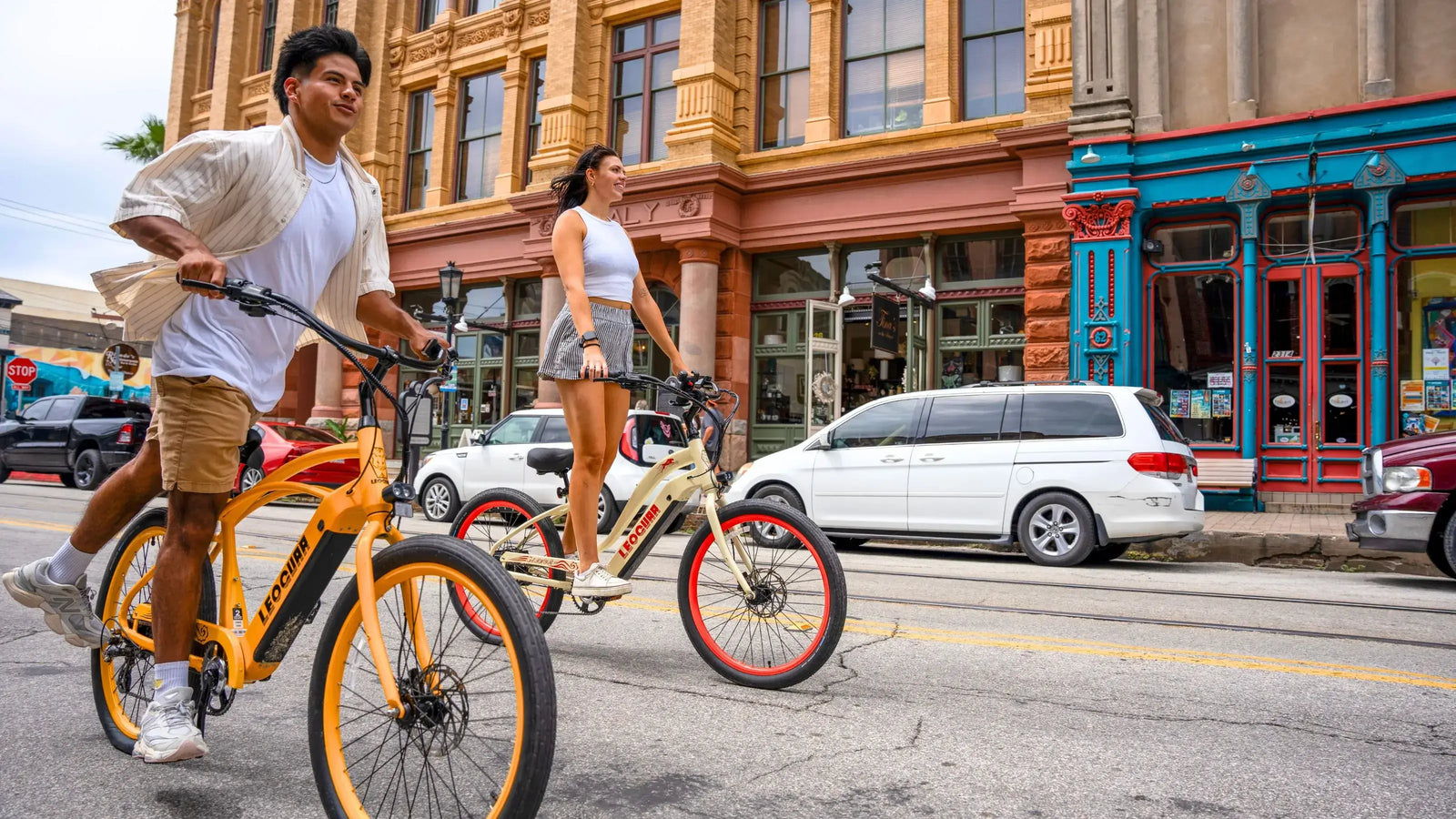
Is Your eBike Controller Failing? 7 Warning Signs to Watch For
Introduction
The eBike controller works as the brain of your electric bike system. It manages the power between the battery and motor for smooth operation. When controllers start to fail, you might notice strange behavior that could be dangerous. Early detection of problems helps avoid costly repairs later.
eBike controllers control power flow based on what you do and what the sensors detect. This important part takes commands from the display and pedals to send the right amount of power to the motor. If it's failing, your bike might act unpredictably or even shut down completely.
Finding problems early can save you time and money while keeping you safe. Warning signs might include unexpected power cuts, strange noises, or displays that flicker for no reason.
This article covers seven warning signs that your eBike controller might be failing. We'll describe each symptom in detail and explain what might be causing it. By learning these warning signs, you can catch problems before they become serious. Regular checks keep your eBike reliable and safe for everyday riding.
1. Sudden Power Loss or Inconsistent Power Delivery
The first sign of controller problems is when your bike suddenly loses power. Your bike might drop power while you're riding, or it might not respond evenly when you use the throttle.
We once saw a rider who lost power while going uphill. The motor stuttered and made balancing difficult. This kind of problem puts stress on both the motor and battery. These power issues often happen because parts inside the controller are wearing out. Damaged electronic components can cause uneven power output.
Check your connections for rust or loose wires that might be causing power problems. A multimeter can help you find voltage changes that point to controller issues rather than battery problems.
Power problems can also come from electrical surges or poor connections on the circuit board. Normal use can wear down these connections over time. Remember that safety comes first. Losing power suddenly could put you in danger, especially in traffic. Regular visual checks and testing can help prevent serious failures. Fixing small problems early might save you from having to replace the whole controller.
2. Erratic Speed Control and Throttle Response
Another warning sign is when your speed control becomes unpredictable. You might notice that the bike speeds up unexpectedly or responds slowly when you use the throttle.
The motor might surge forward without warning or fail to speed up smoothly. These problems happen when sensors don't communicate correctly with the controller.
It's important to figure out if the problem is in the controller or in other parts like sensors or wiring. When tests rule out these other factors, the controller is probably failing. We've seen many riders experience these problems after using their bikes for a long time. The jerky throttle response usually happens along with inconsistent motor performance.
This unpredictability makes riding dangerous because you can't rely on your bike to respond as expected. Losing control is a real risk, especially on hills or busy streets. Start by checking all wiring and sensor connections. If everything is connected properly, the controller is likely the problem. Special tools can monitor throttle signals to check if they're consistent. Taking action early can prevent dangerous situations.
3. Display Malfunctions or Error Codes
Display problems and error messages clearly indicate controller issues. Your display might flicker, fail to turn on, or show strange error codes. Error codes can help you figure out what's wrong with your system. Codes like CF01 or CF07 often point to problems with power flow or sensor communication from the controller.
Error messages sometimes appear after long rides or exposure to bad weather. If your display shows unusual codes, both the display and controller should be checked.
When you see error codes, look them up in your owner's manual. Understanding the codes helps you determine whether the problem is in the display or controller.
Knowing how to interpret these codes saves time and money. Using manufacturer support websites helps narrow down the source of the problem. The display needs to match the controller's performance for safe riding. A display that shows occasional errors might not warn you about danger until it's too late.
Regular updates and cable maintenance can prevent complete controller failure. Taking care of your system reduces downtime and keeps everything working properly.
4. Unusual Noises or Vibrations
Strange noises or vibrations often signal internal problems in your controller. Controllers should operate quietly, so any buzzing, clicking, or grinding sounds indicate something is wrong. You might feel vibrations that aren't normal. These can come from electrical failures or damaged circuit parts. Testing can confirm whether the noise comes from inside the controller or somewhere else. Gently tapping the controller case while listening for unusual sounds can help locate the problem.
Continuous buzzing might mean the controller is overheating or having internal electrical problems. Sometimes the noise only happens when you're riding hard or for a long time. Stop riding immediately if you hear strange noises. Continuing to use the bike could make the problem worse. Check all wiring and connectors to rule out loose connections that might cause vibrations. This helps determine if the controller is the source of the problem.
Regular cleaning and tightening of connections helps prevent these issues. Making sure everything is secured properly reduces noise and extends the life of your controller.
5. Overheating Issues
Overheating is a serious sign of controller problems. High temperatures can result from heavy loads, hot weather, or failing components. When a controller gets too hot, it might act strangely or shut down to protect itself. Heat damages soldered connections and can crack the circuit board.
Riders often report that long uphill rides or quick acceleration causes their controllers to heat up rapidly. Even in cool weather, damaged components can create hot spots.
Make sure your controller has good airflow and keep it out of direct sunlight. Check cooling features like heatsinks or vents to make sure they're clear. Monitoring temperature during rides helps catch overheating early. Using a temperature gauge gives precise readings that tell you when to take action.
Using moderate acceleration and avoiding steep hills can prevent overheating. If the problem continues, consult a professional.
Regular updates and proper positioning in the bike frame help manage heat effectively. Quick action preserves your controller's life and keeps your bike safe.
6. Connectivity and Wiring Problems
Connection issues often show up as communication failures between the controller and other parts. Your bike might not start reliably or might lose connection with the battery and motor.
Loose, corroded, or damaged wiring can cause power loss and display problems. Visually inspect all connectors and wires for wear or corrosion. Basic troubleshooting involves checking every connection from the battery to the controller. Reconnecting loose connectors often fixes minor issues.
Inspect wiring regularly, especially after riding in wet conditions or on rough terrain. Good insulation and secure mounting prevent further damage.
If connection problems keep happening, use a multimeter to check for breaks or shorts in the wiring. Good connectivity is essential because even small wiring problems can cause major communication issues.
7. Battery Communication Issues
Poor communication between the battery and controller is another important warning sign. When these parts don't communicate well, your bike may not use power efficiently.
Battery issues often appear as incorrect battery levels on your display. The controller might receive wrong information about the battery's voltage or charge. These problems usually come from bad connectors, damaged wiring, or issues with the battery management system. Check all connections between the battery and controller.
Test the voltage with a multimeter to see if the battery is delivering the right output. Differences between the displayed battery level and measured voltage suggest communication problems. Address these issues quickly to prevent damage to both the battery and controller. Clean connector pins regularly and make sure everything lines up properly.
Verify that all software is up to date and that the battery sensors are working correctly. Regular monitoring helps catch problems early and prevents unexpected power loss.
Conclusion and Preventive Measures
Seven key warning signs indicate your eBike controller might be failing: sudden power loss, erratic throttle response, display problems, strange noises, overheating, connectivity issues, and battery communication problems.
Regular inspection, clean wiring, and proper ventilation can extend your controller's life. Follow manufacturer guidelines for routine maintenance to prevent failures. Seek professional help when symptoms persist. Taking a proactive approach to maintenance ensures a safe and enjoyable riding experience.
FAQ
-
Q: How do I know if my eBike controller is failing?
A: Common signs include sudden power loss, erratic speed control, display malfunctions, unusual noises, overheating, connectivity issues, and battery communication problems.
-
Q: Can a failing eBike controller be dangerous?
A: Yes, controller failures can cause unexpected power loss or surges, potentially leading to accidents, especially in traffic or on hills.
-
Q: How long do eBike controllers typically last?
A: With proper maintenance, eBike controllers can last 3-5 years, but their lifespan varies based on usage conditions and maintenance.
-
Q: What should I do if my eBike controller is overheating?
A: Stop riding immediately, ensure proper ventilation, check for blocked cooling vents, and consult a professional if the problem persists.
-
Q: Is it possible to repair a failing eBike controller?
A: Minor issues like loose connections can be repaired, but significant internal damage usually requires controller replacement by a professional.


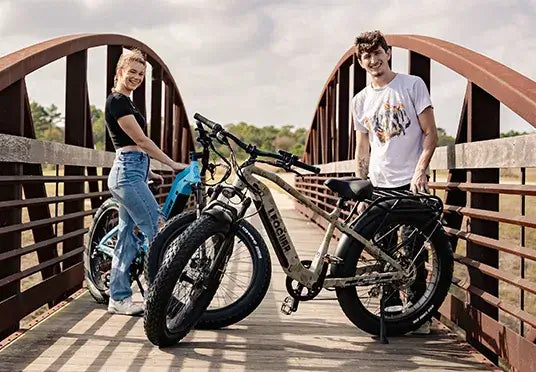
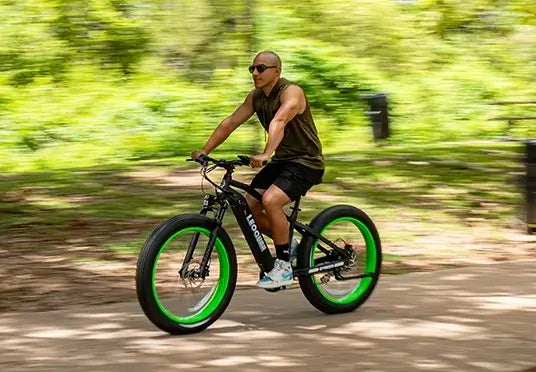
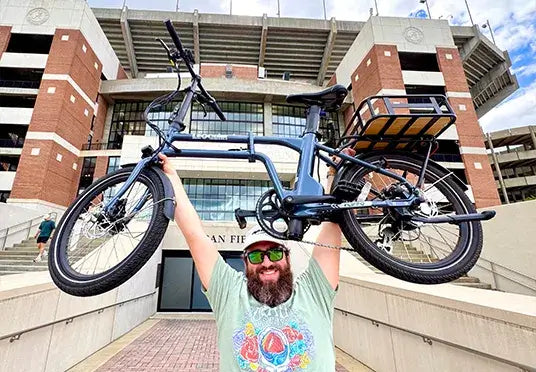
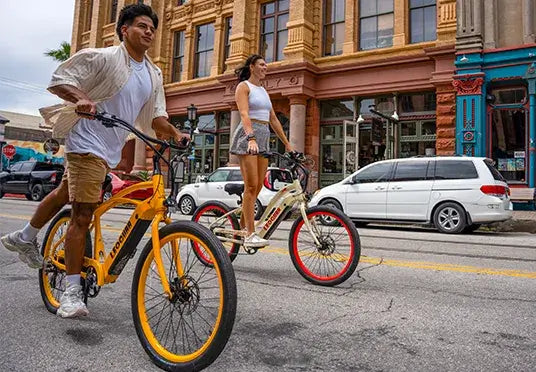
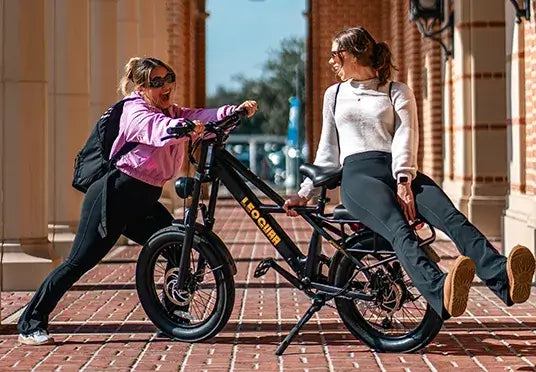
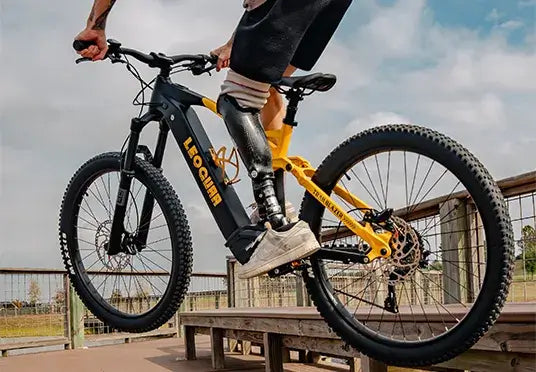

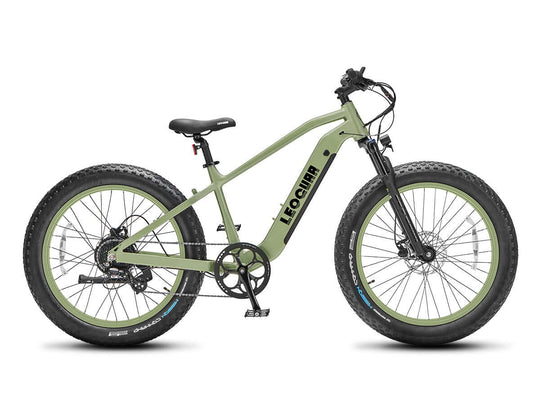
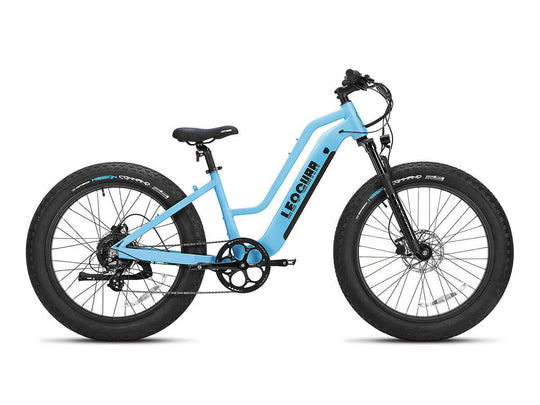
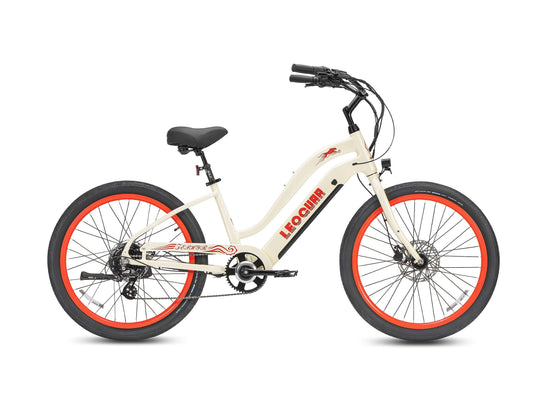
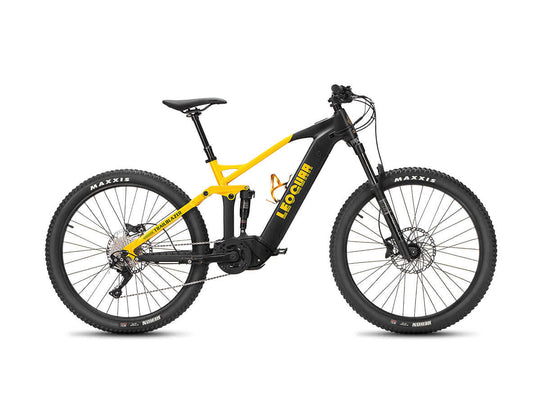
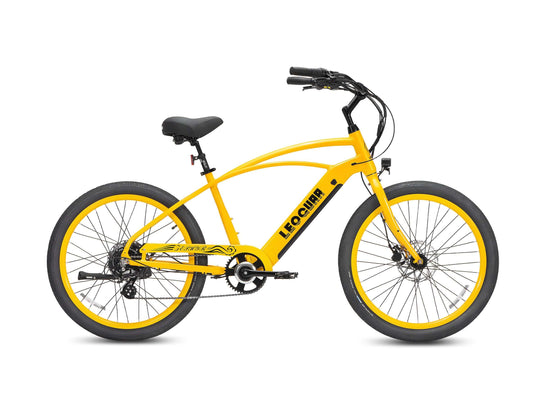
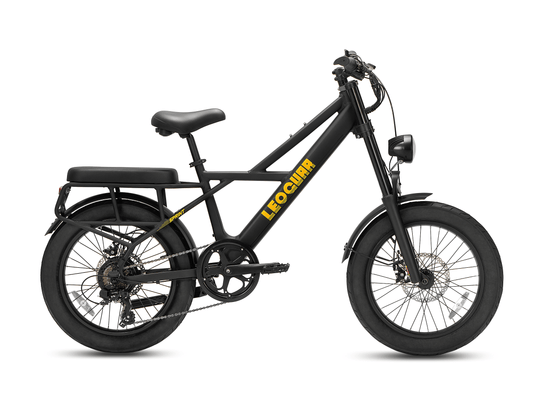

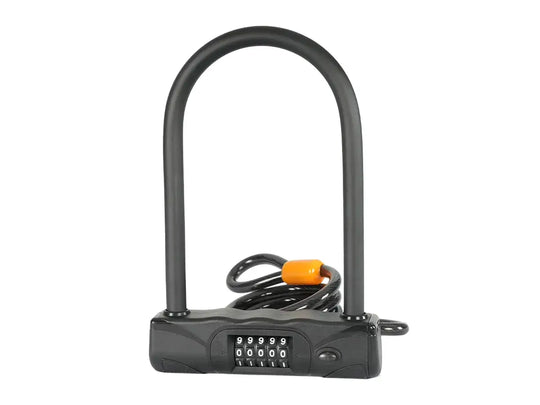
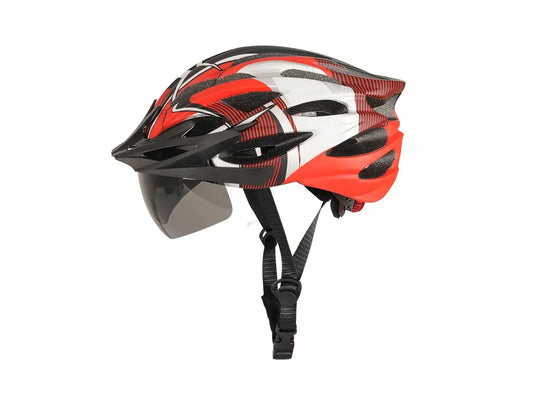
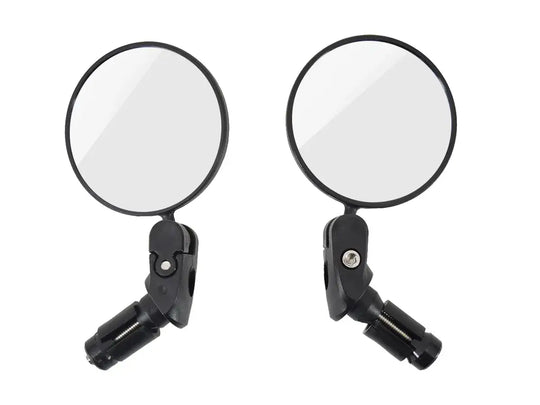

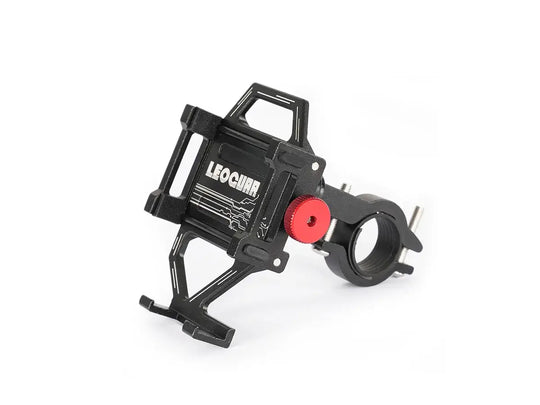
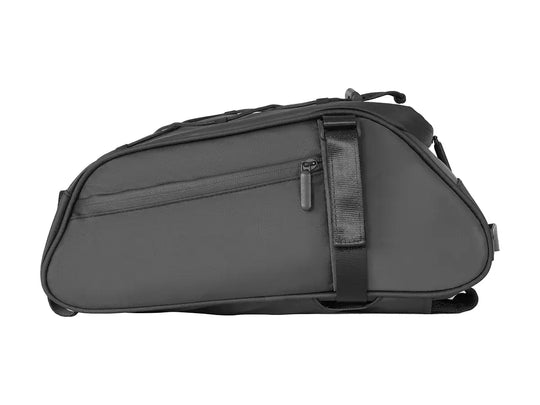
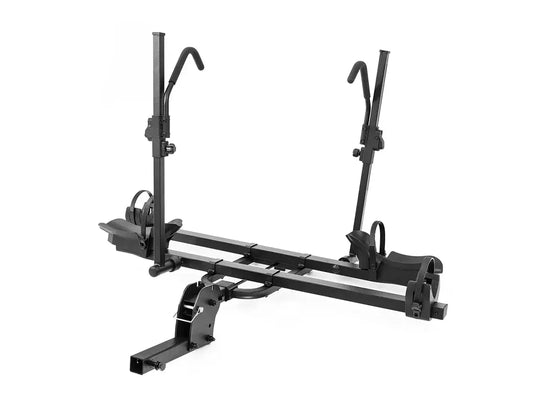
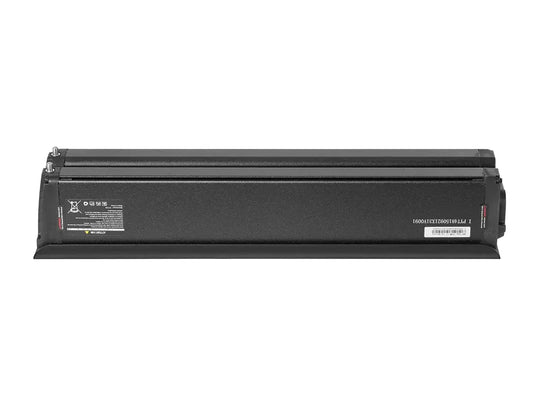
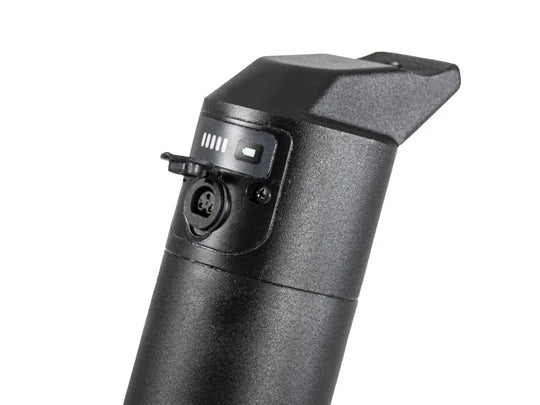
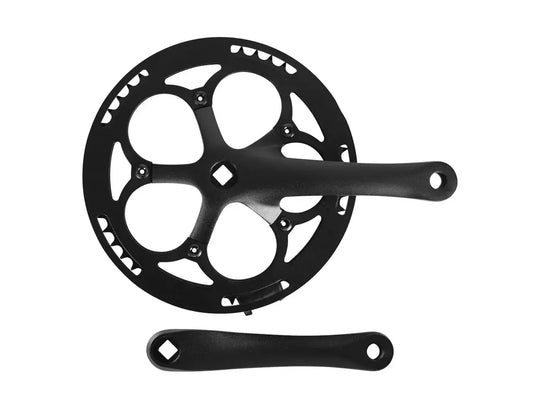
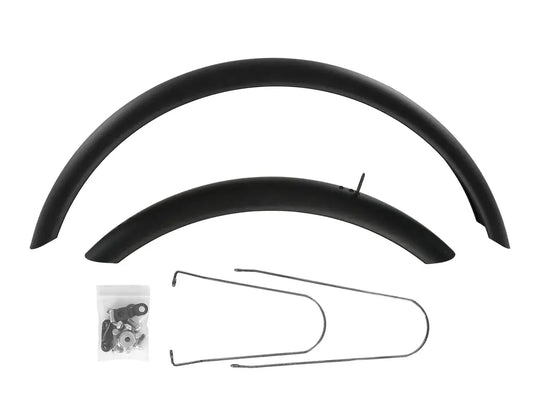
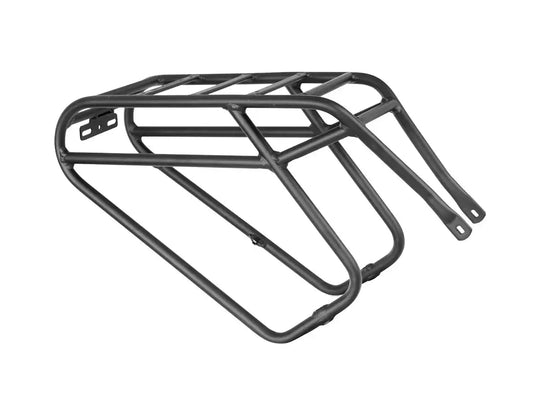
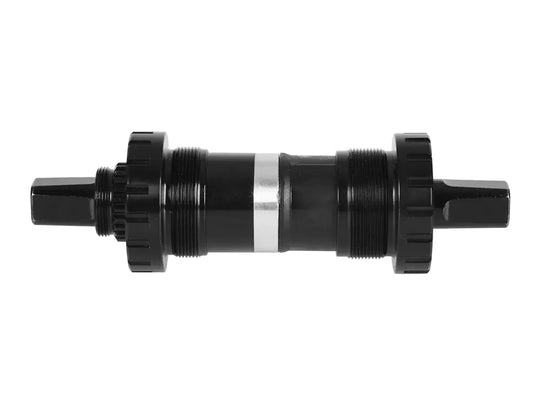
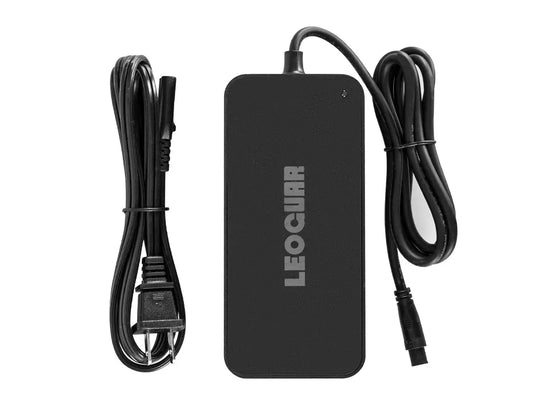
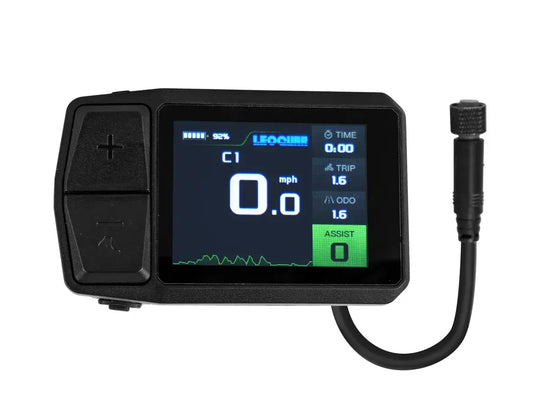

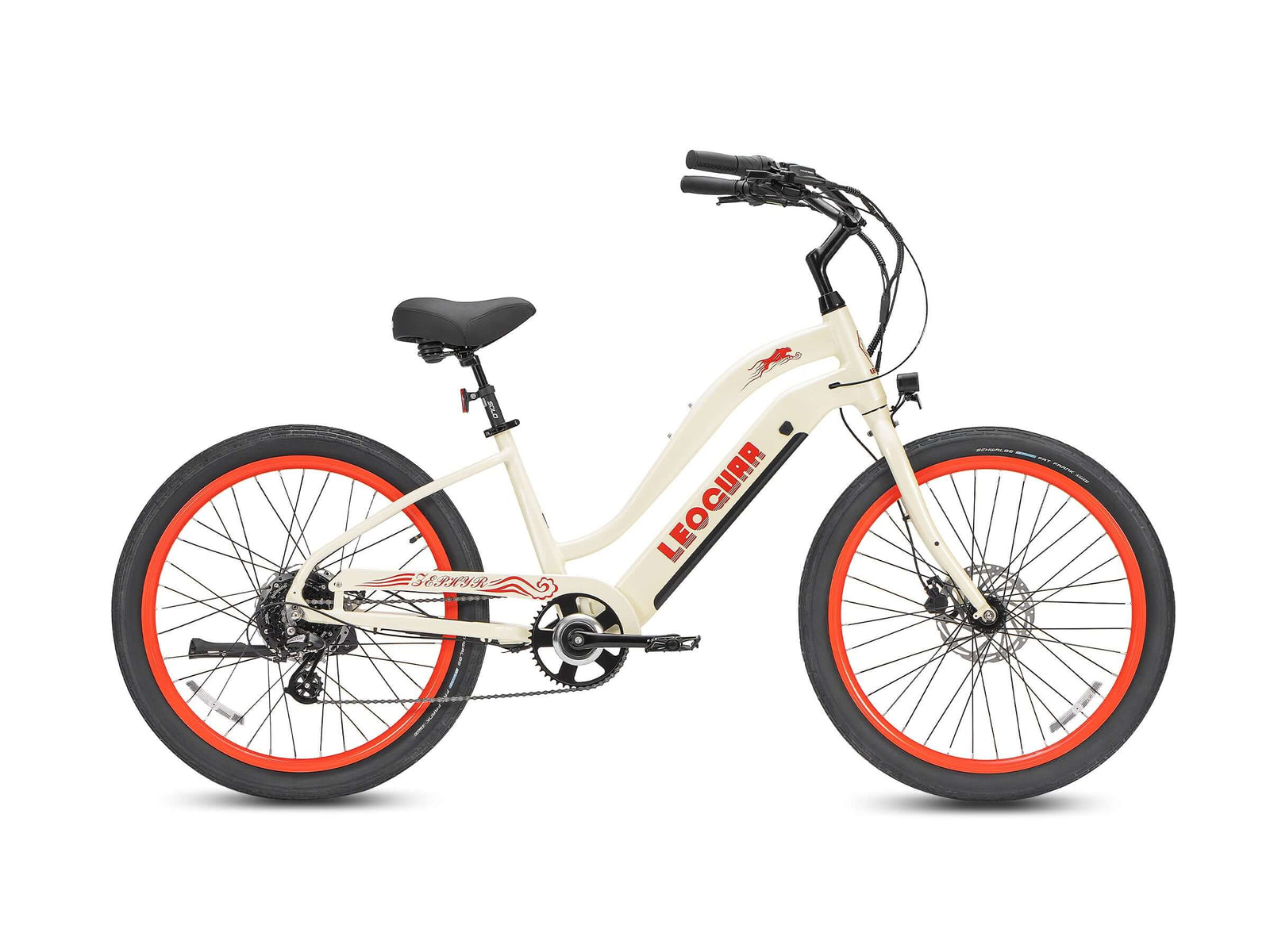








Leave a comment